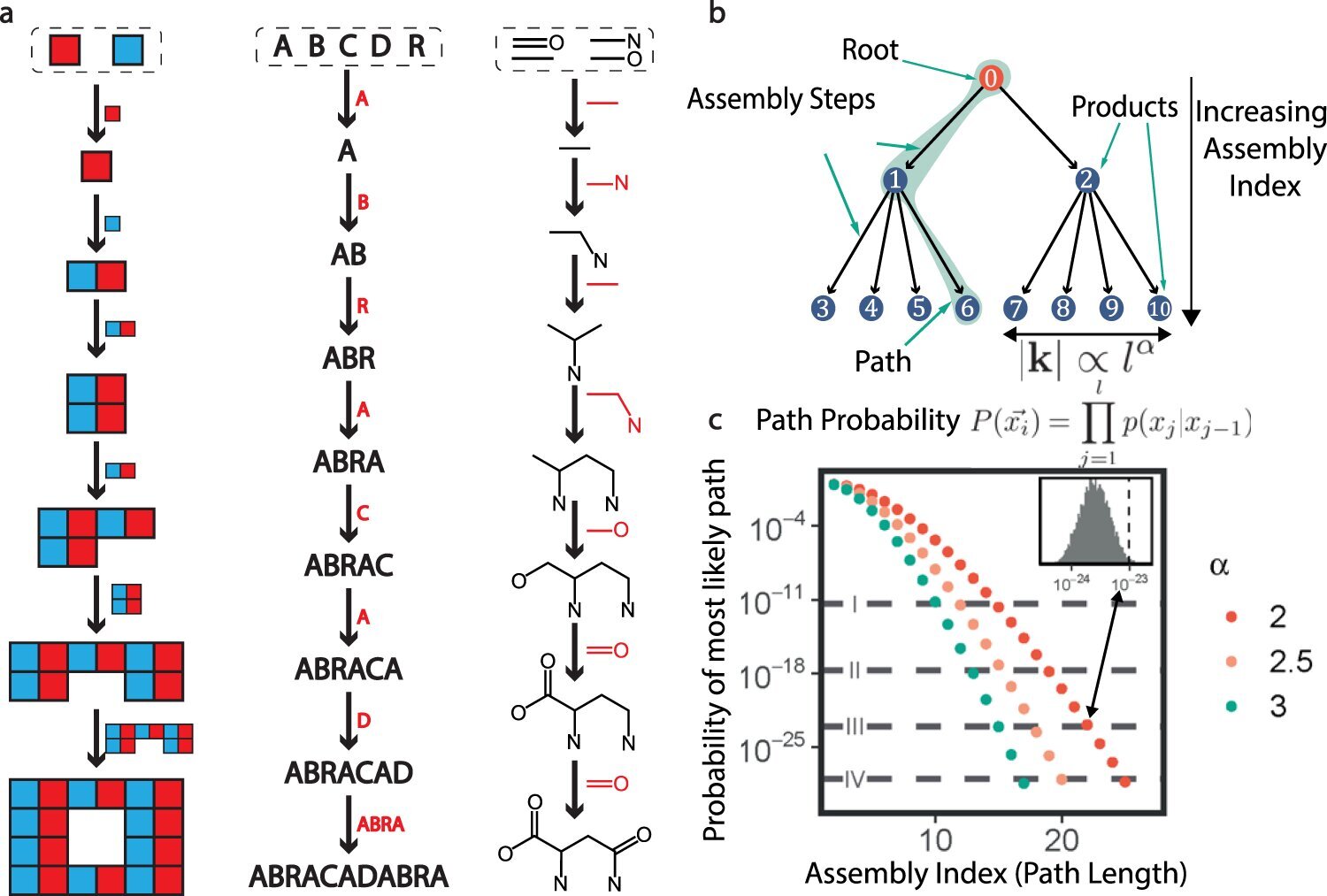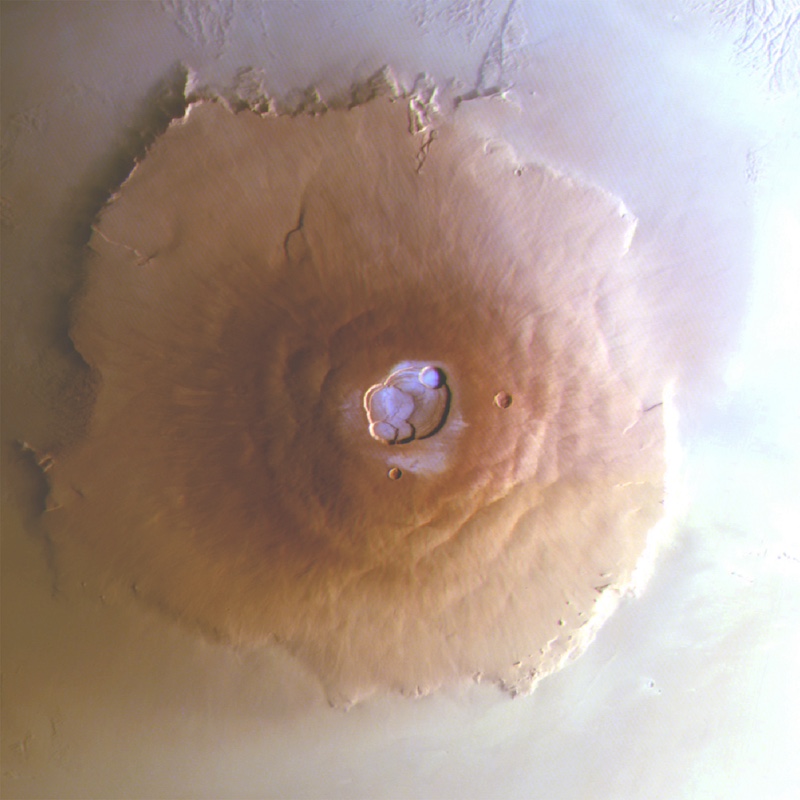PICTURED: A light-colored “paver stone” like the ones seen in this mosaic will be the likely target for first sampling by the Perseverance rover. PC: NASA/JPL-Caltech/ASU/MSSS.
Story at a glance…
-
Perseverance prepares to take its first sample in its quest to find evidence of life on Mars.
-
NASA has helped fund a new theory for the identification of life on other planets.
-
The theory measures molecular complexity to determine not what life ‘is’ but evidence of what it ‘does’.
CALIFORNIA, U.S.A. July 21st, 2021. It was announced on Wednesday that after months of systems checks and taking selfies, the Perseverance Rover would drill for its first samples as part of its mission to discover evidence of ancient microbial life on the Red Planet.
But whereas it’s Viking lander ancestors were looking for classic, metabolically-driven evidence of life, NASA’s funding of a new scientific theory for the detection of life ensures humanity will be able to detect life as we know it, but also as we don’t know it.
The method, put simply, ignores what life ‘is’ in favor of what life ‘does,’ namely: the production of gradually more complex molecules that at a point become highly unlikely to emerge from random, non-organic chemistry.
It’s called ‘Assembly Theory,’ and it’s been developed by a team from the University of Glasgow led by Lee Cronin. It uses two organizing principals to develop an equation for measuring how likely it is that a given molecule, perhaps one found by Perseverance in the coming days, was made as a result of life-born processes.
The two organizing principles of Assembly Theory are that atoms, bonds, and molecules are the same all over the universe, and that complicated chemistry cannot just happen at random because the universe isn’t big enough to provide enough opportunities for this randomness to occur.
PICTURED: As each assembly gathers additional components, the chance they form any particular configuration is reduced by the chance of forming any other one possible. PC: University of Glasgow. Released.
Fat chance
When scientists first discovered the mats of thermophilic bacteria in the hot springs at Yellowstone National Park, they realized that life as we knew it, could form in ways which we previously thought impossible. The bacteria lived in highly acidic conditions with very little oxygen, had no nucleus, and ate inorganic compounds, all of which were the first modern indications that upon accessing the stars, humanity may have to widen its gaze in order to not only detect life, but the byproducts of life that once was.
“The recent discoveries of the ubiquity of exo-planets, of which there are over four thousand reported, raises the prospect that we will be able to observe planets that harbor life within a few decades,” write Cronin and his co-authors in their paper published in Nature Communications. “However, we don’t yet have a scientifically rigorous way to distinguish planets that host life from those that do not, even in our solar system”.
The system which Professor Cronin has developed involves mass spectrometry. When breaking apart a molecule, the method involves counting the number of unique parts, which gives the molecule its “molecular assembly number”. The higher the number, the less likely it was produced by non-life chemical forces.
An example they give in their paper is the biochemical Taxol, used in chemotherapy, and which has more possible configurations of the atoms contained within it than there are atoms in the universe. In theory, in order for Taxol to develop a-biotically, the universe would have to be many times its size, perhaps 10-20x larger, estimated Cronin on a recent radio interview, for there to be enough opportunities for it to arise without the aid of life’s information encoding and decoding processes.
By subjecting enough samples of a meteorite, exoplanet, atmosphere, ocean, or any other celestial body or environ to Assembly Theory, scientists can easily pinpoint either the evidence of life itself or its works, or at the very least the localized potential to find more concrete evidence. When enough complex molecules are found somewhere, if they aren’t enough to conclusively say life is or was there, it’s enough to justify continued observation.
Cleanest thing in the galaxy
In order to ensure that any sample collected on Mars could be put to the Assembly Theory test, NASA spent 7 years developing the technology for drilling and storing samples, something which was described by Mars Chief Engineer at the Jet Propulsion Laboratory, Adam Steltzner as the “most complicated and sophisticated thing we know how to build”. The vessels where the material will be stored have been called the “cleanest things in the galaxy”.
The reason it must be so clean is to ensure that any chemical signatures of any kind are certain to have come from Mars and not from Earth-born contaminants. Professor Cronin believes his method ignores the focus on life’s constituents, and instead recognizes its byproducts, adding another layer of security to any conclusions on the contents of the sample.
“This is important because developing an approach that cannot produce false positives is vital to support the first discovery of life beyond Earth, an event that will only happen once in human history,” Cronin stated in a press release.
“Our system is the first falsifiable hypothesis for life detection,” he added. “It’s based on the idea that only living systems can produce complex molecules that could not form randomly in any abundance. This allows us to sidestep the problem of defining life—instead we focus on the complexity of the chemistry”.
The sampling should begin in the next two weeks, following a five month, 1.5 square mile reconnaissance of Mar’s ancient lake bed known as Jezero Crater. Perseverance has been looking for the most ancient of the exposed bedrock to drill into.




